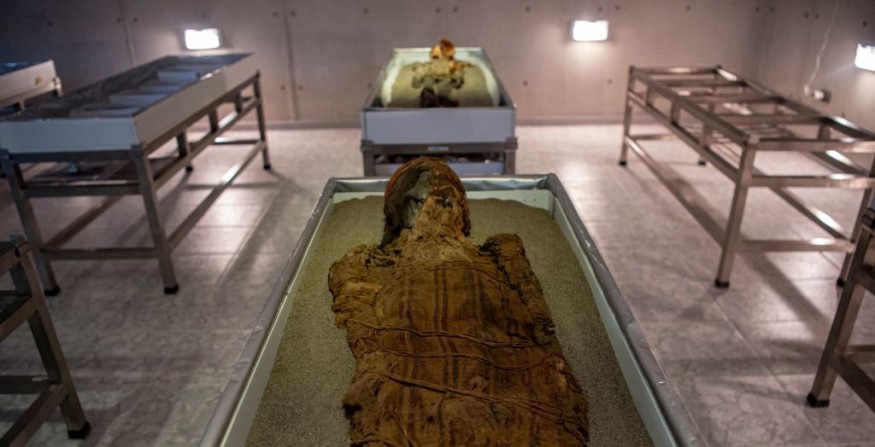Ancient Egyptian mummification has long been thought intended for preserving dead bodies of either humans or animals. Using a combination of chemicals and atmospheric elements such as very low humidity, the decaying soft tissues and organs of the body are slowed down. However, a new exhibit reportedly reveals that the notion we know about the mummification process is absolutely wrong.
An upcoming museum exhibit in the United Kingdom reveals that the actual intention of the burial technique was never to protect the body from decomposition but rather to guide the deceased individual toward divinity or the afterlife. In particular, the technique aims to keep the body intact or as a whole in order for it to be transported to the spirit realm.
The process has its roots from the culture and religion of the Ancient Egyptians, who believed that the physical body is still important in the next world, where a person will undergo several trials on whether or not it will ascend to the eternal paradise called the Field of Reeds or to the underworld known as Duat. However, the path towards the afterlife is not guaranteed, according to existing ancient literatures.
Ancient Egyptian Mummification

Researchers from the Manchester Museum of the University of Manchester in England have debunked the existing myths or common misconception as part of its preparations for the exhibit next year called the Golden Mummies of Egypt.
Campbell Price, the curator of the museum's Egypt and Sudan collections, told Live Science that the misconception started when the Western-led idea beginning with Victorian researchers, who wrongly perceived that ancient Egyptians were preserving their dead.
Also Read: History Unlocked: Mysterious Mummified Legs Belonged to Queen Nefertari, Scientists Confirm
Golden Mummies of Egypt
Golden Mummies of Egypt will be the museum's opening exhibition in February 2023, which will come after a successful tour across the United States and China. Furthermore, the exhibition will offer visitors access to the museum's Egypt and Sudan collections.
The Egyptian mummy exhibition will feature over 100 objects and eight mummies, which will present a rich perspective on the belief of ancient Egyptians about the afterlife.
The upcoming exhibition is free and is accompanied by other tour shows across the establishment.
Life After Death
According to the Canadian Museum of History, the attitude of ancient Egyptians towards death was influenced by their belief in immortality; where they regarded death as a temporary interruption, instead of the end of life. To ensure the continuance of life after death, worshippers of the Egyptian religion paid homage to their gods, both during and after their life on Earth.
The ancient Egyptian mummification technique covers the dead body to also protect one's soul and ensure it would return to the body, according to the Canadian museum. In addition, the Egyptians also place household equipment like food and drink on offering tables outside the tomb's burial chamber, which they believe would support the individual's needs in the afterworld.
Related Article : Egyptian Mummification Began 1500 years Earlier than Current Estimates
© 2026 NatureWorldNews.com All rights reserved. Do not reproduce without permission.





